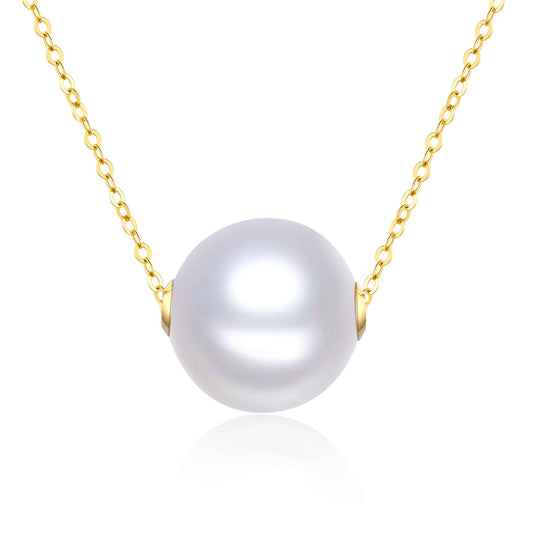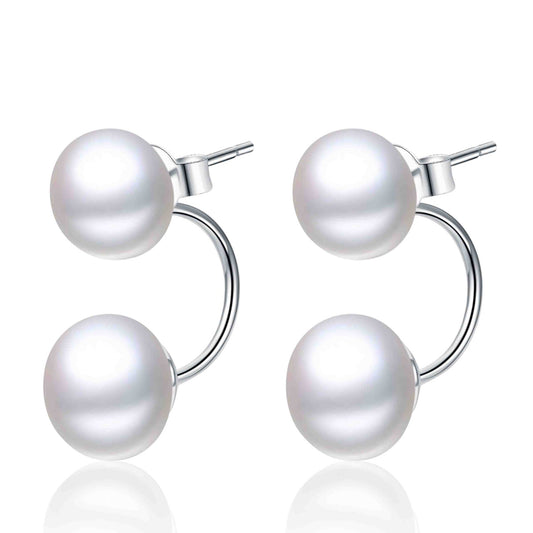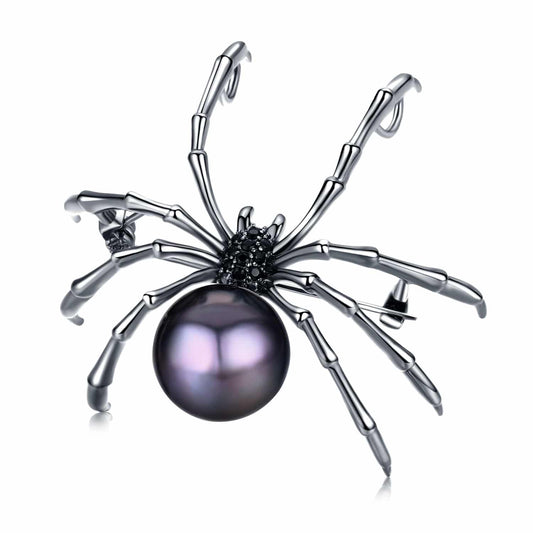
The ABC’s of Pearl Farming
Share
Nearly 100% of pearls you can buy today are cultured or produced on pearl farms. Thousands of oysters are nucleated each year and cared for until they are ready for harvest. Many factors can cause crop failures, such as water pollution, severe storms, excessive heat or cold, and disease. Pearl farming is a risky business which only the brave take on!
Breeding of Oysters
The first step is to find suitable oysters in which the pearls can grow. Oysters can either be collected in the wild, or the farm can breed its own.
For breeding, the farmers first collect oyster sperm and eggs from high-quality mollusks. The sperm fertilizes the eggs which create oyster larvae. The larvae float freely in the water for a few weeks under controlled conditions. In the wild, the larvae will attach to rock, so pearl farmers need to provide collectors for the larvae to attach to. After a few months, the larvae develop into baby oysters. The baby oysters are moved to a “nursery” and looked after for the next one to two years until the oysters are big enough to be nucleated.
Nucleation of Oysters
Nucleation is a surgical procedure in which a foreign object is implanted into the oyster. The foreign object can be either a bead or mantle tissue, or both, and is called the nuclei. Saltwater farms usually use a bead and mantle tissue together, while most freshwater farms implant only mantle tissue. The exception is freshwater Edison pearls which are nucleated in exactly the same way as saltwater pearls.
The nuclei cause irritation to the oyster, which it counteracts by secreting nacre to surround the foreign object. When enough nacre layers are surrounding the core, a pearl is born.
Growth Period
After surgery, the oysters are kept in observation while recovering, which takes about 40 days. This step is critical as the oyster may reject the implanted nuclei, may become sick or even die, though most oysters recover fully.
The oysters are then placed in cages or nets and moved into the oyster bed. Depending on the type of mollusk, it can take a few months to several years for the pearls to grow big enough to be harvested.
Harvest Time
As soon as the pearls are fully developed (usually 3-4 years), they are harvested. The oysters are opened and the pearls extracted. The pearls are then washed, dried, and sometimes polished if necessary.
The oyster flesh is removed from the shell to sell as a delicatessen or to use in animal feed, depending on the quality of the meat. The shell, or mother-of-pearl, are cleaned and polished and are sold separately to be used as decorations. They can also be ground and mixed in with animal feed for its calcium richness.
Inspection Phase
After the pearls are cleaned, they are inspected for quality. These are the steps that are followed:
- A visual inspection of the surface of the bead is done to assess nacre quality and surface purity.
- It is then sorted according to size, luster, and color and is then valued according to these elements.
- Finally, the pearl is X-rayed to measure nacre thickness (only for saltwater pearls or Edison pearls, as there is a bead inside each pearl).
If any of the quality criteria isn’t met, the pearls cannot be sold to be used in jewelry.
Elements of a Good Pearl Farming Site
Pearls need excellent conditions to be able to grow. Certain elements need to be in place for a farm to be successful, and the elements farmers need to look out for are:
- The presence of pearl oysters or coral in the area is a good indication that the water is healthy. Clean water is imperative.
- Water depth must be between 75 to 120ft (22 to 36m). If the water is too shallow, there’s not enough space to hang the farm lines, and if it’s too deep, it becomes dangerous for the workers to dive.
- There should be a slight water current to constantly supply oxygen and nutrients to the water and also prevent waste buildup. If the water is moving too fast, it may be difficult to work in and can hurt the oysters.
- Pearls grow the best when the environment is healthy. Farmers always need to be careful not to break or damage a coral reef as it will affect the health of the reef and ultimately the success of the pearl farm.
The inception, growth, and harvesting of a pearl is a fascinating process, and one can’t help but admire the persistence of these little beings to survive against all odds. I’m sure you’ll never look at your pearls with the same eyes again.



